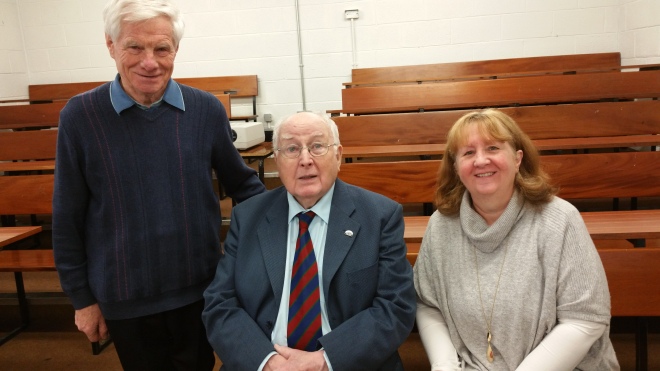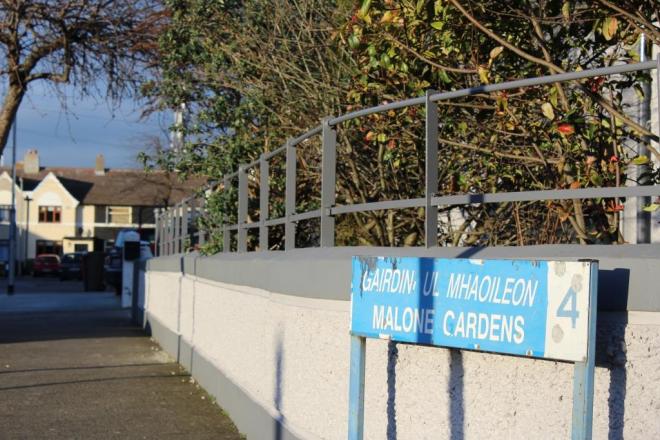
Malone Gardens, off Bath Ave. (Photo by Carole Flanagan)
Malone Gardens is a small estate off Bath Avenue built between 1928 and 1929. It was named after Michael Malone (1888–1916), a carpenter and Volunteer, who was a member of de Valera’s Boland’s Mill battalion. On Wednesday, 26th of April 2016, he led a small number of men towards Mount Street Bridge to prevent British reinforcements from entering Dublin.
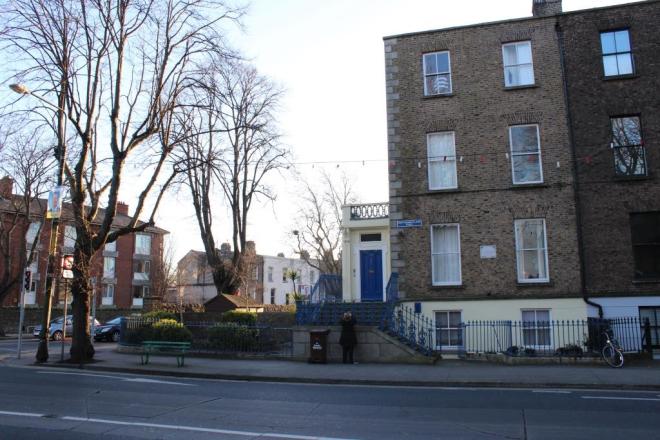
25 Northumberland Road and plaque (Photos by Carole Flanagan)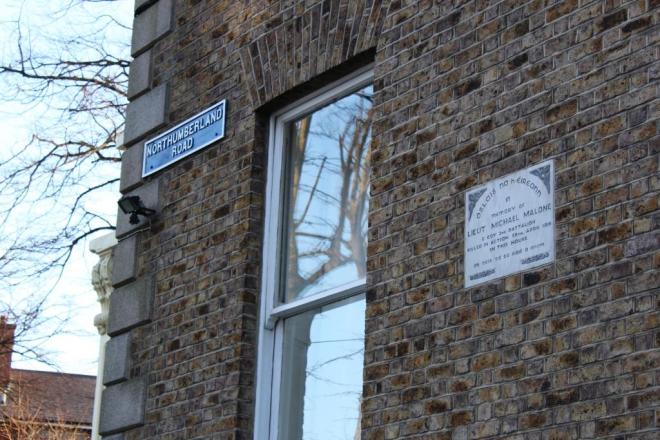
Malone took up a position at 25 Northumberland Road, at the junction with Haddington Road. He was accompanied by James Grace and two young boys: Paddy Rowe and Michael Byrne. The boys were sent home once the fighting started, and Malone and Grace[ managed to hold off the British for hours. But British troops stormed the house in the end, throwing grenades at the front and entering from the garden as well, and Malone was shot. A plaque on the side of the house commemorates him.
James Grace survived. He was imprisoned by the British for his part in the Rising and released on Christmas Eve, 1916. He gave an account of the battle of Mount Street Bridge and the events in 25 Northumberland Road to the Bureau of Military History in 1949. You can read his account here. Ironically, at the time he gave his statement, Grace was living at 24 Haddington Road – not far from the scene of the events in 1916.
There is a memorial by Mount Street Bridge for the Volunteers who died in the battle.
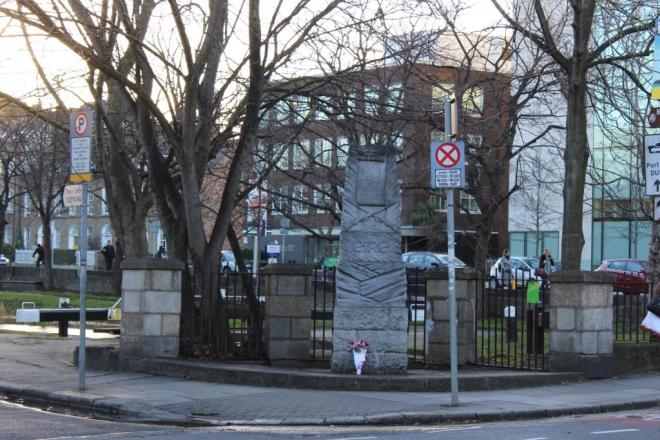
1916 Memorial, Mount Street Bridge (Photo by Carole Flanagan)
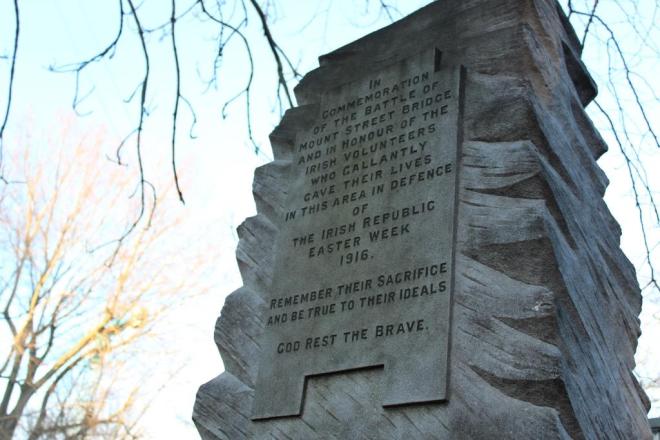
Inscription on Memorial (Photo by Carole Flanagan)
Michael Malone’s brother William was killed in Ypres on 24 May 1915, almost a year before the Easter Rising. He was a sergeant in the Royal Dublin Fusiliers. An Post has brought out a stamp with both brothers on it as part of its centenary series.

Words and photos by Carole Flanagan
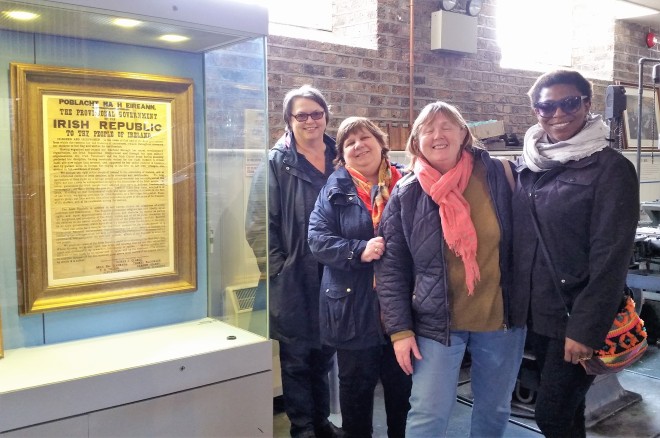 As part of the College’s exploration of 1916, students from the Communications Class researched and conducted their own tour of the Mount Street area, one of the most important battle sites of the Easter Rising.
As part of the College’s exploration of 1916, students from the Communications Class researched and conducted their own tour of the Mount Street area, one of the most important battle sites of the Easter Rising.






